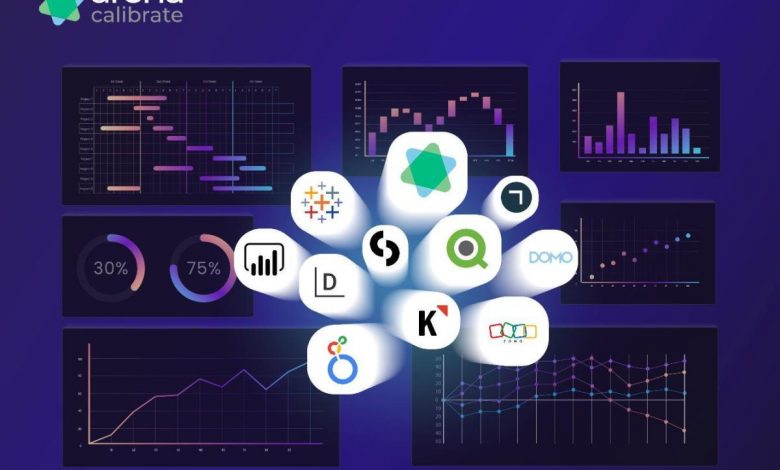The Power of Customer Segmentation in Targeted Marketing Campaigns

The Power of Customer Segmentation in Targeted Marketing Campaigns
What is Customer Segmentation?
Customer segmentation is the process of dividing your customer base into distinct groups or segments based on different criteria such as demographics, behavior, interests, or buying patterns. By categorizing customers into specific groups, businesses can better understand their distinct needs and preferences.
Why is Customer Segmentation Important for Targeted Marketing Campaigns?
Customer segmentation is an essential tool for creating effective and targeted marketing campaigns. Here’s why:
Improved Personalization
By segmenting your customers, you can tailor your marketing efforts to each specific group’s interests and needs. This level of personalization improves the effectiveness of your campaigns and increases engagement with your target audience.
Greater Relevance
When you understand the distinct characteristics and preferences of each customer segment, you can create highly relevant content and offers. This relevance builds trust and enhances the chances of converting prospects into loyal customers.
Enhanced Customer Retention
Segmentation helps identify your most valuable customers, allowing you to focus your resources on retaining them. By understanding their buying behavior and preferences, you can create personalized experiences that keep them coming back for more.
Increased Revenue
Targeting specific customer segments allows you to develop tailored marketing strategies that are more likely to generate higher sales and revenue. By focusing your efforts on the right audience, you can achieve better ROI and maximize your marketing budgets.
How to Implement Customer Segmentation?
Effective customer segmentation involves a few key steps:
1. Define Your Objectives: Determine what you want to achieve with your segmented marketing campaigns. Whether it’s improving engagement, increasing sales, or enhancing customer loyalty, clearly defining your goals helps guide your segmentation strategy.
2. Collect Relevant Data: Gather data about your customers, including demographics, purchase history, browsing behavior, and preferences. This information will help you identify patterns and group customers into segments with similar characteristics.
3. Analyze and Segment: Use data analysis tools to segment your customer base based on common characteristics or behavior. Group customers together based on their demographics, geographic location, purchasing behavior, or any other relevant criteria.
4. Develop Marketing Strategies: Create targeted marketing campaigns tailored to each customer segment’s needs and preferences. Customize your messaging, offers, and content to resonate with each group, increasing the chances of conversions.
5. Test and Optimize: Continuously monitor the performance of your segmented campaigns and make adjustments as needed. Collect feedback and learn from the results to refine your strategies over time.
Frequently Asked Questions (FAQs)
FAQ 1: How many customer segments should I create?
There is no fixed number of segments you should create as it depends on your business and target market. Start with a few key segments based on meaningful criteria, and as you gather more data and insights, you can refine and expand your segmentation strategy.
FAQ 2: What data should I collect for customer segmentation?
The data you collect will vary depending on your business goals and target audience. However, some common data points include demographics (age, gender, location), purchase history, online behavior (browsing, cart abandonment), and customer preferences (interests, preferences, feedback).
FAQ 3: Can I use customer segmentation for small businesses?
Absolutely! Customer segmentation is beneficial for businesses of all sizes. In fact, it can be particularly valuable for small businesses with limited resources, as it allows you to focus your efforts and resources on the right audience, increasing the chances of success.
In conclusion, customer segmentation is a powerful tool for targeted marketing campaigns. By understanding your customers’ distinct needs and preferences, and tailoring your efforts accordingly, you can significantly improve campaign effectiveness, increase customer engagement, and ultimately drive greater revenue for your business.



